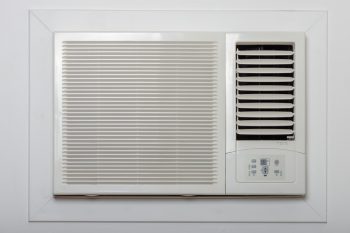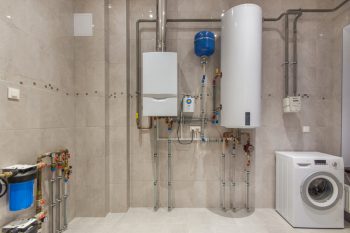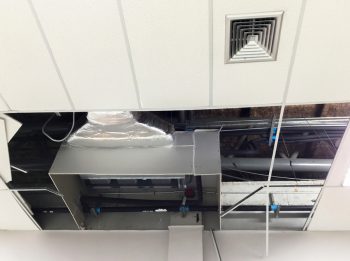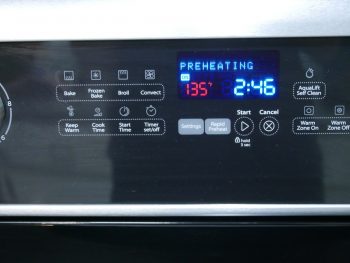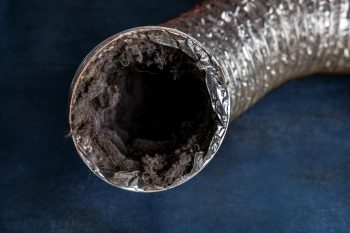
In the realm of home maintenance, understanding your appliances is key to ensuring their longevity and functionality. One such appliance that requires a bit of knowledge is your gas water heater. A vital part of this system is the pilot light. But how long should you hold the pilot light on a gas water heater?
When lighting the pilot light on a gas water heater, you should hold the pilot dial down for at least 30 seconds after lighting the burner. This allows time for the air to clear out of the gas line and for the heat sensor to warm up. If you have an automatic hot water heater, you will need to hold the pilot knob down for 30 seconds and hold the ignition button at the same time. This is crucial for the appliance’s proper functioning.
The Function of a Pilot Light
First, let’s understand the function of a pilot light. In a gas water heater, the pilot light’s role is to provide a small, constant flame that ignites the gas coming out of the main burner when heat is needed. This pilot light is fueled by a small gas line connected to the control valve, which regulates the gas supply to both the pilot light and the main burner.
How the Pilot Light Works
There are two main types of pilot light mechanisms in gas water heaters: manual ignition and electronic ignition. In a manual ignition system, you light the pilot light using a long barbecue lighter or a match. In an electronic ignition system, the pilot light is ignited using a built-in igniter button.
Regardless of the type, the pilot light ignites the gas coming into the unit, allowing it to be burned and heat the water. If the pilot light goes out, the gas can’t ignite, and the water heater won’t work until the pilot light is relit.
The Importance of Holding the Pilot Light
When lighting the pilot light, you should hold the pilot dial down for at least 30 seconds after lighting the burner. This allows time for the air to clear out of the gas line and for the heat sensor to warm up. If you have an automatic hot water heater, you will need to hold the pilot knob down for 30 seconds and hold the ignition button at the same time.
Why is this so important? Holding the pilot light allows the thermocouple, a safety device that senses the pilot light and controls the gas valve, to heat up and generate the electric current required to keep the gas valve open.
Potential Problems
Not holding the pilot light long enough can lead to several potential problems. These include a faulty thermocouple, a dirty pilot opening, a bent thermocouple, low gas pressure, or a strong draft or wind. All these issues can result in the pilot light going out and the appliance not functioning properly.
Safety Precautions
Safety is paramount when dealing with a gas water heater’s pilot light. Always establish a no-play zone around the water heater to keep children away, avoid storing flammable materials near the heater, and learn how to shut off the gas in case of an emergency. Before attempting to light the pilot light, sniff the area for gas. If you smell gas, close the gas shut-off valve and leave your home immediately. Contact the gas company or your local fire department.
In Conclusion
The time you hold the pilot light on a gas water heater is crucial for the appliance’s proper functioning. Holding the light for the recommended duration ensures the thermocouple is adequately heated, allowing the safety mechanism to work correctly. If you encounter any issues with your pilot light, always consult a professional for assistance.
Remember, understanding and maintaining your appliances can save you time, money, and ensure your home runs smoothly and safely.
Frequently Asked Questions
What is a thermocouple in a gas water heater?
A thermocouple is a safety device in a gas water heater that senses the heat from the pilot light. When it senses heat, it generates an electric current that keeps the gas valve open. If the pilot light goes out, the thermocouple cools, the electric current stops, and the gas valve closes. This safety feature ensures that gas is not released when there’s no flame to ignite it.
How can I tell if my gas water heater has a manual or electronic ignition system?
The simplest way to tell if your gas water heater has a manual or electronic ignition system is to look for an igniter button. If you see one, you have an electronic ignition system. If you don’t, you likely have a manual ignition system where you’ll need a long barbecue lighter or a match to light the pilot light.
What should I do if I can’t get the pilot light to stay lit?
If you can’t get the pilot light to stay lit, it could be due to several issues such as a faulty thermocouple, a dirty pilot opening, low gas pressure, or a strong draft. If you’ve tried relighting the pilot light and it still won’t stay lit, it’s best to call a professional for assistance.
How often should I check the pilot light on my gas water heater?
It’s a good idea to check the pilot light on your gas water heater at least once every few months. This will help you ensure that it’s working correctly and that the flame is the right color, which should be blue. If the flame is yellow or orange, it could indicate a problem that needs professional attention.


